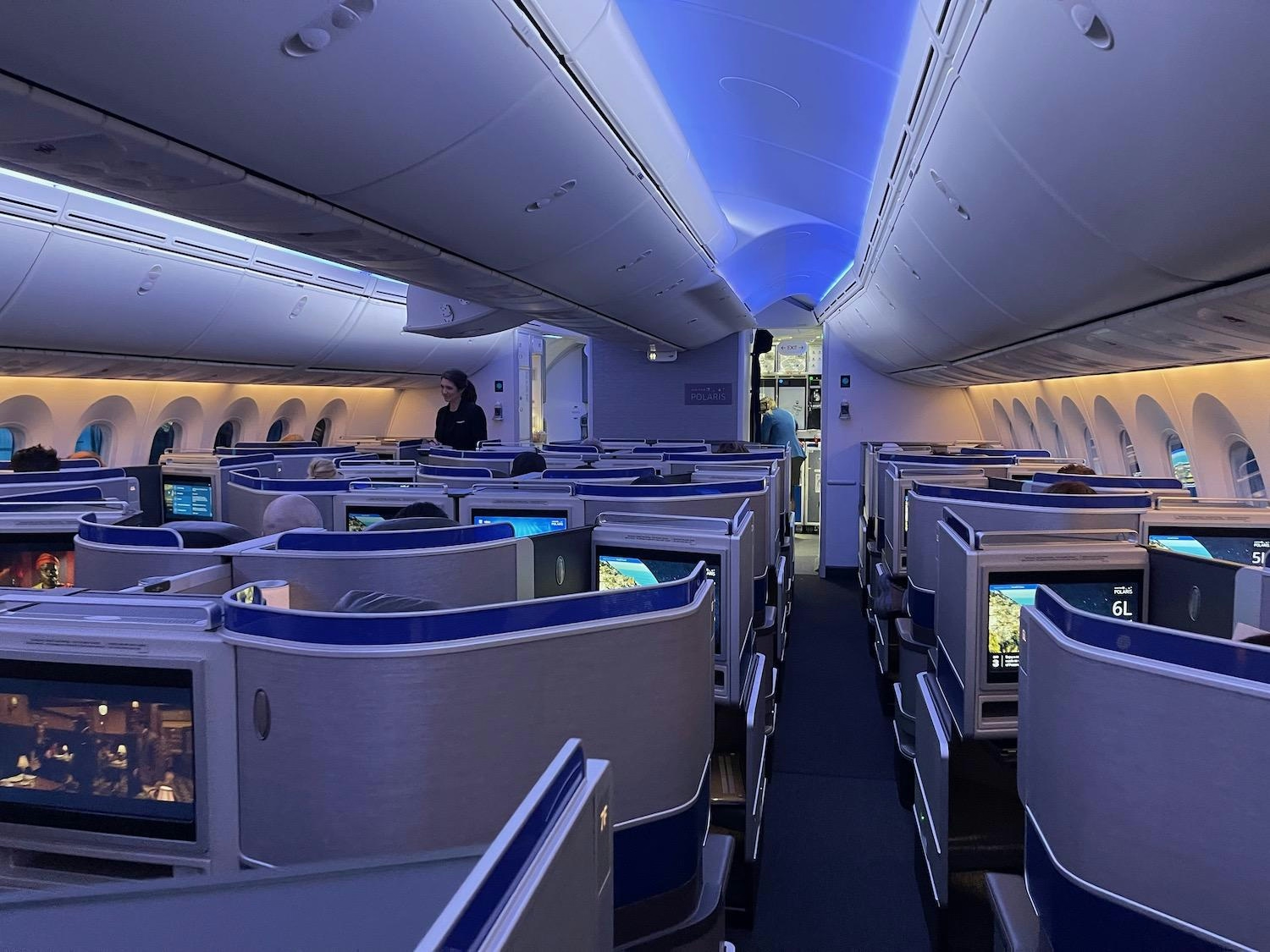
AeroGenie — 您的智能副驾驶。
热门趋势
Categories
Royal Thai Air Force Orders First Airbus A330 MRTT Tanker
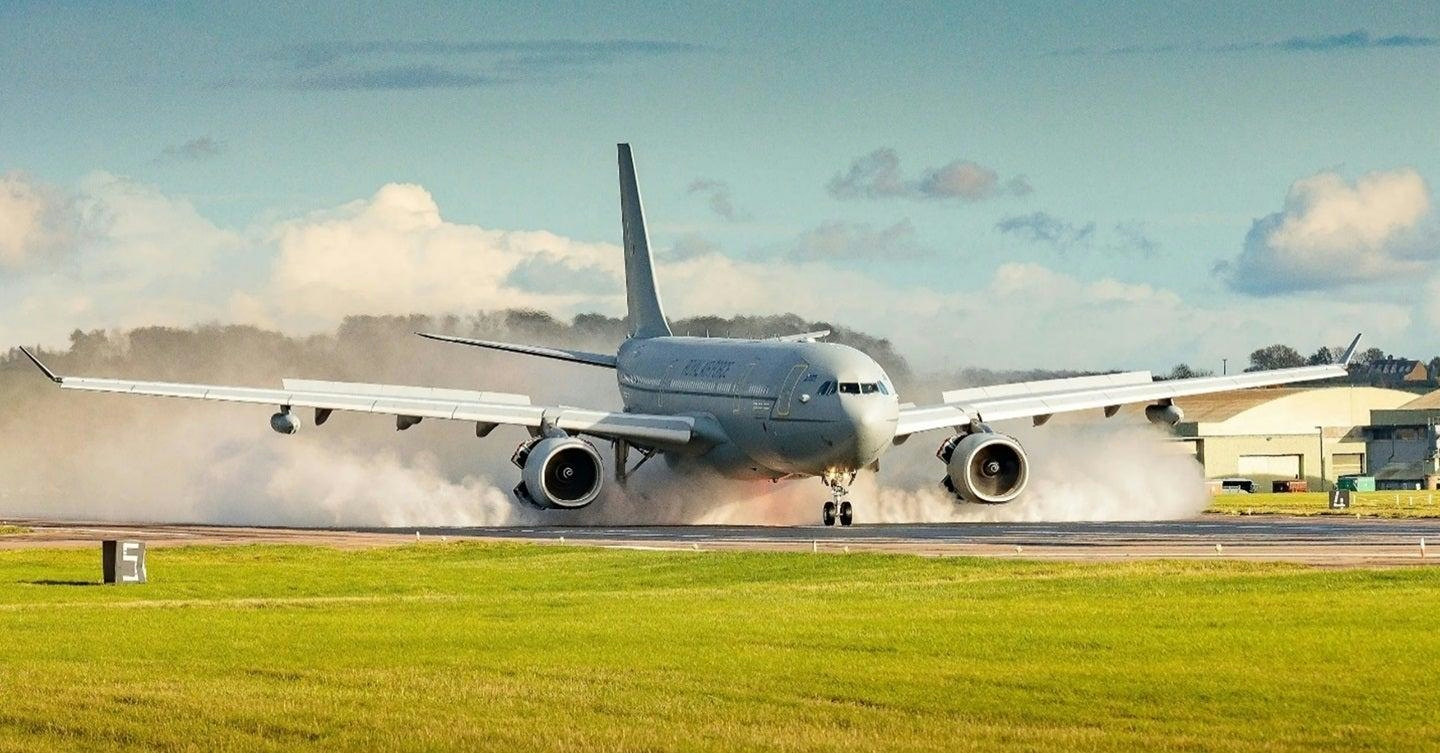
Royal Thai Air Force Orders First Airbus A330 MRTT Tanker Amid Regional Shifts
The Royal Thai Air Force (RTAF) has placed an order for a single Airbus A330 Multi Role Tanker Transport Plus (MRTT+), marking its position as the launch customer for this next-generation aerial refueling and transport aircraft. Based on the A330-800neo platform, the MRTT+ represents an evolution of Airbus’s established MRTT series, combining advanced refueling capabilities with versatile transport functions. The aircraft will be equipped with both hose-and-drogue and boom refueling systems, allowing it to service a wider range of receiver aircraft.
Features and Delivery Timeline
Thailand’s MRTT+ will be outfitted with a VVIP cabin configuration alongside a medical evacuation kit, enhancing its operational flexibility. The conversion to military specifications is scheduled to commence in 2026 at Airbus’s A330 MRTT Center in Getafe, Spain, with final delivery anticipated in 2029. The aircraft’s airframe will have a maximum takeoff weight of 242 tons and is designed to reduce fuel emissions compared to earlier models. Airbus highlights that the MRTT+ maintains 95% commonality with the existing A330 MRTT fleet, a factor expected to facilitate streamlined training and maintenance for operators.
To support the aircraft’s lifecycle in Thailand, Airbus has expanded its Memorandum of Understanding with Thai Aviation Industries (TAI), enabling local maintenance capabilities once the tanker enters service. This partnership is poised to enhance the RTAF’s operational readiness and sustainment infrastructure.
Market Context and Regional Defense Trends
The RTAF’s acquisition arrives amid a complex global aerospace environment. Airbus faces potential supply chain challenges as it strives to meet delivery schedules amid worldwide disruptions and intensifying competition from China’s growing commercial aircraft industry. The international market for tanker and transport aircraft is increasingly competitive, with Boeing’s KC-46 and Embraer’s KC-390 emerging as notable alternatives. Despite this, Airbus currently commands over 90% of the non-U.S. tanker market, having secured orders for 85 MRTT aircraft from 11 customers.
In the broader regional context, Thailand’s defense procurement is undergoing diversification. Saab’s recent contract to supply four Gripen E/F fighter jets to the country signals a strategic shift in sourcing and capability development. Together with the MRTT+ acquisition, these moves reflect Southeast Asia’s evolving defense posture as nations modernize their fleets and navigate complex geopolitical partnerships.
The collaboration between Airbus and TAI, coupled with the introduction of the MRTT+, underscores the RTAF’s commitment to expanding its strategic airlift and aerial refueling capacity. This development aligns with broader regional and industry trends, positioning Thailand to enhance its operational capabilities in a dynamic security environment.

FlyOnE Launches Air-Taxi Service to Rottnest Island
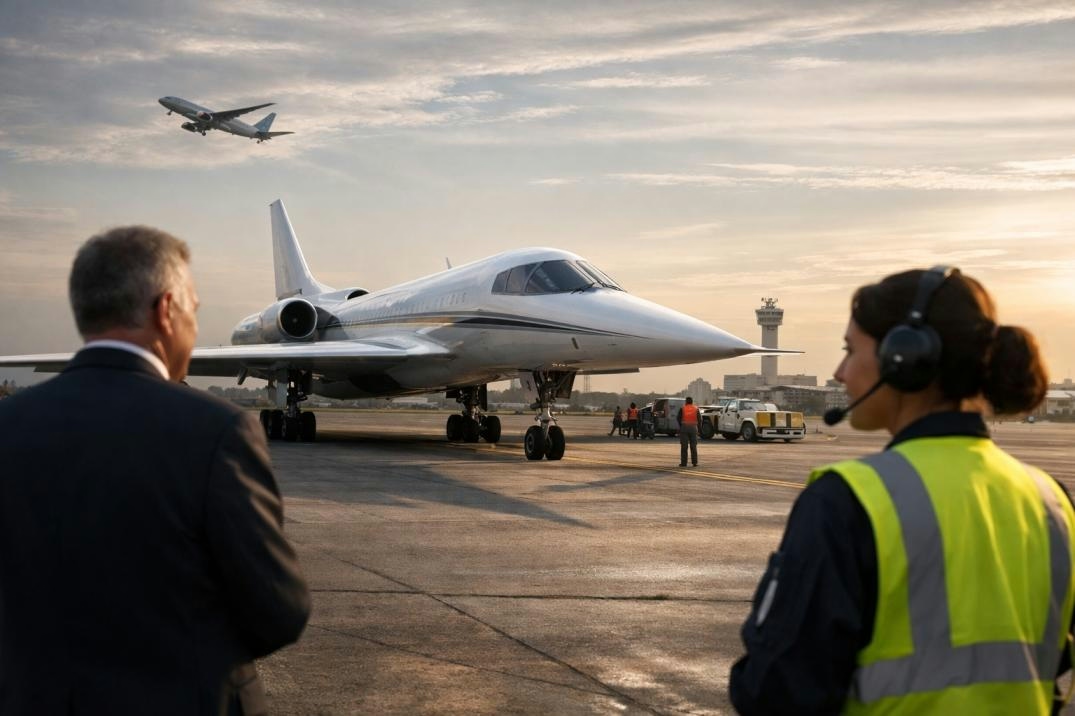
U.S. Plans to Resume Civil Supersonic Flights with Industry Support

The Boeing 747-8: Why It’s Rare on U.S. Routes and How to Experience It Abroad
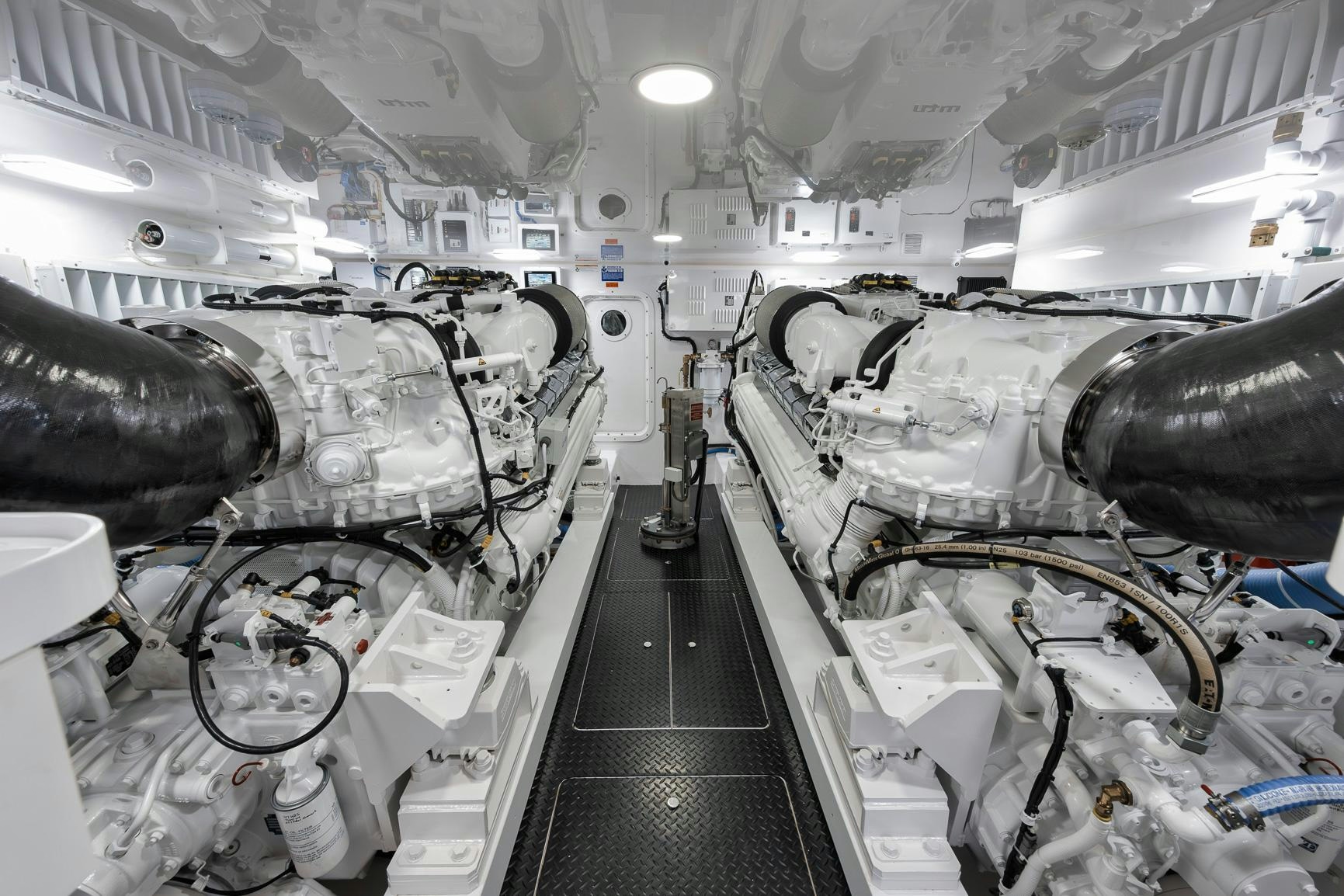
Why Aircraft Engines Lack Screens or Grills
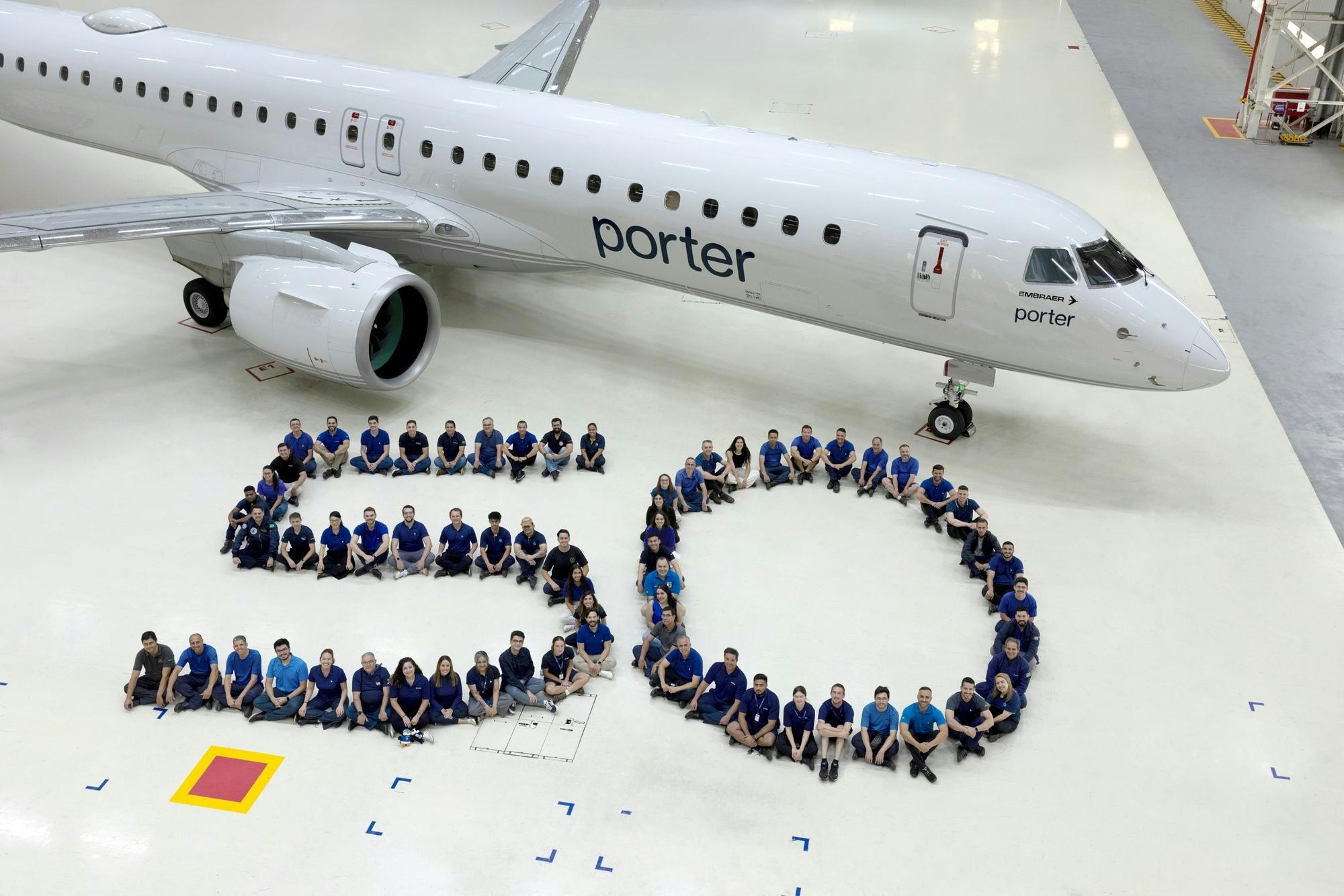
Porter Airlines Receives 50th Embraer E195-E2 Aircraft
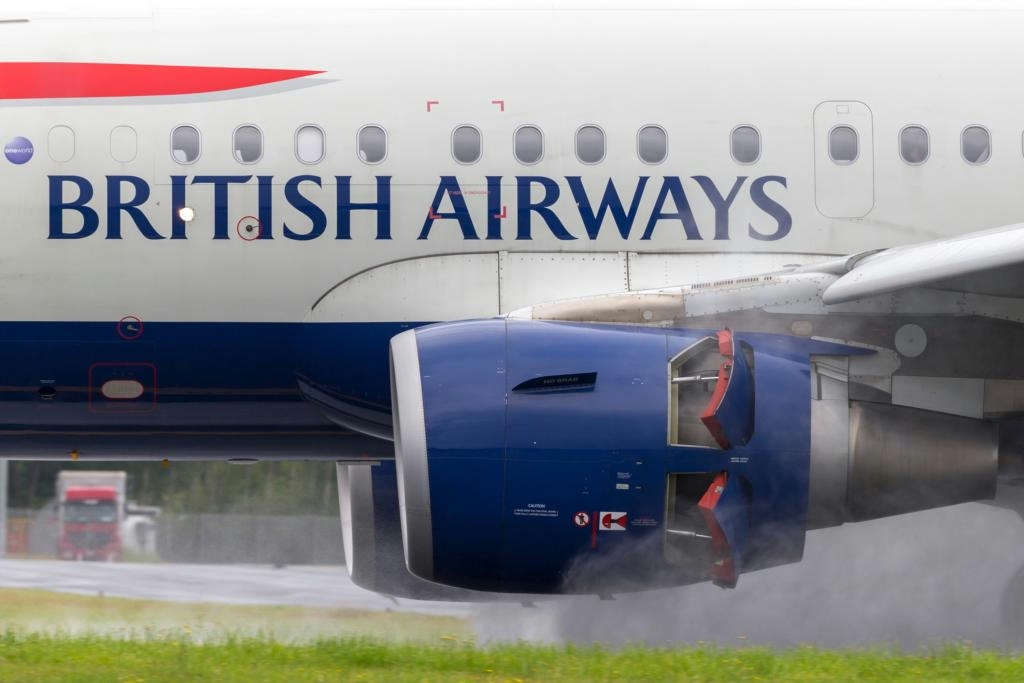
How Aircraft Engines Use Reverse Thrust During Landing

AI-Powered Air Traffic Control Integrated into Home Flight Simulators
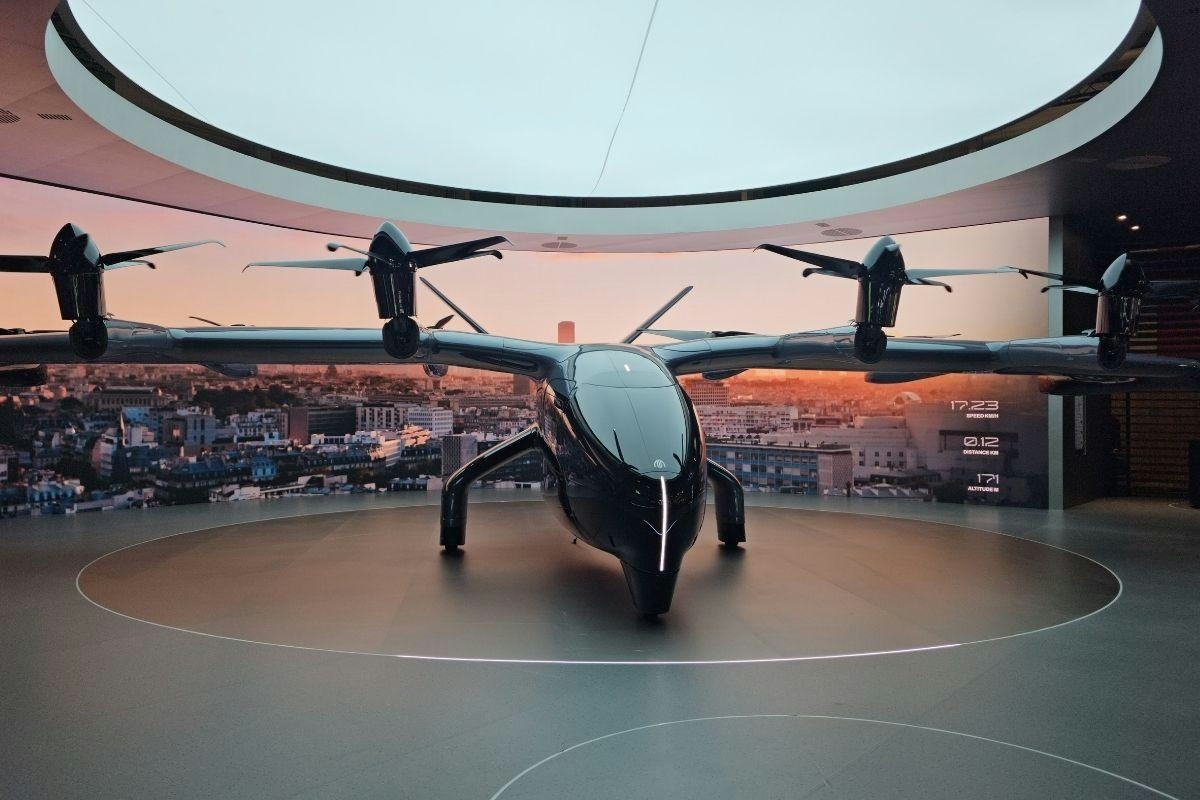
Autonomous Flying Taxis Prepare to Enter U.S. Airspace
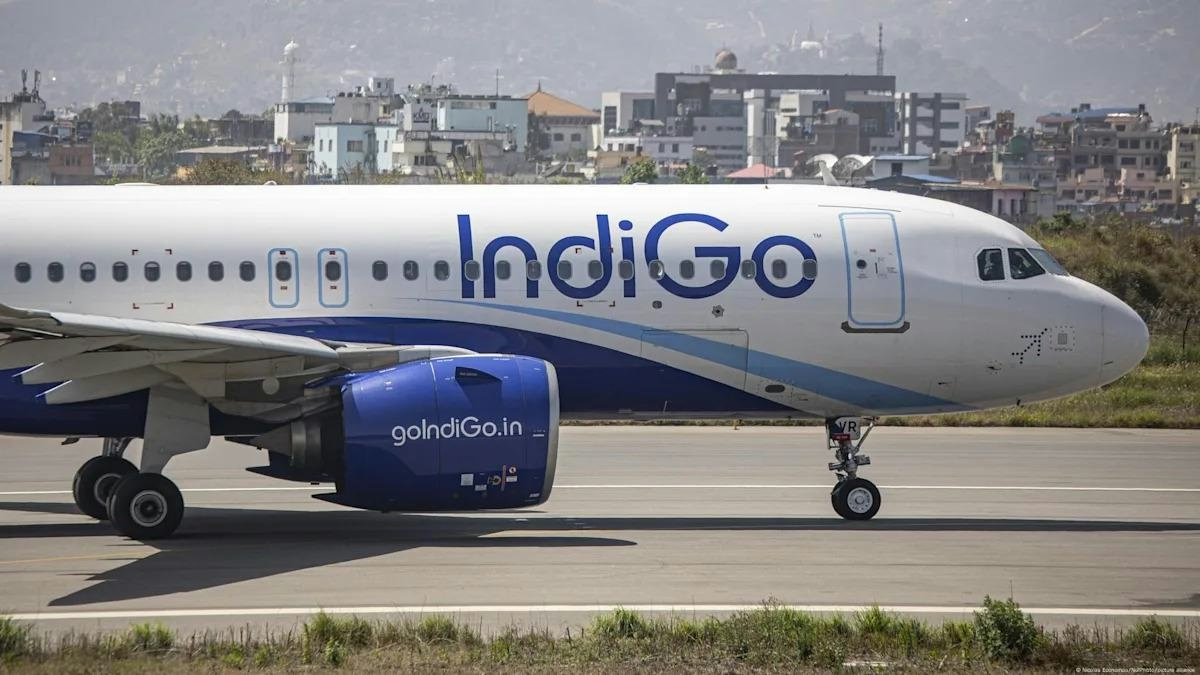
Aviation Ministry Approves Two New Indian Airlines Following IndiGo Crisis
